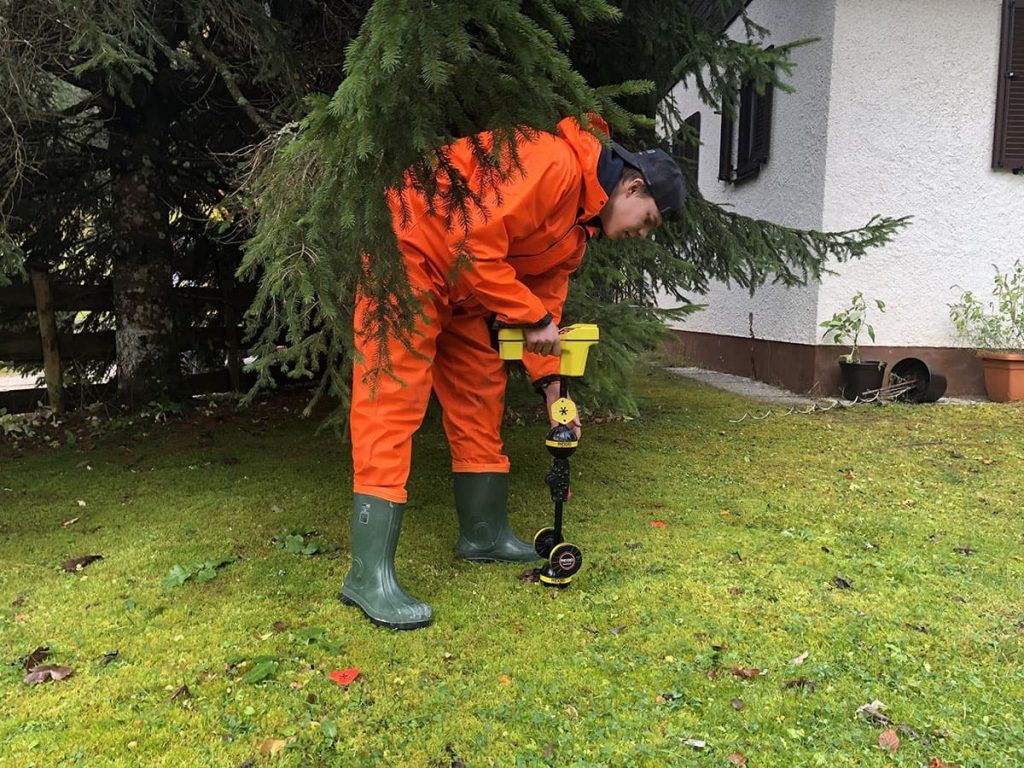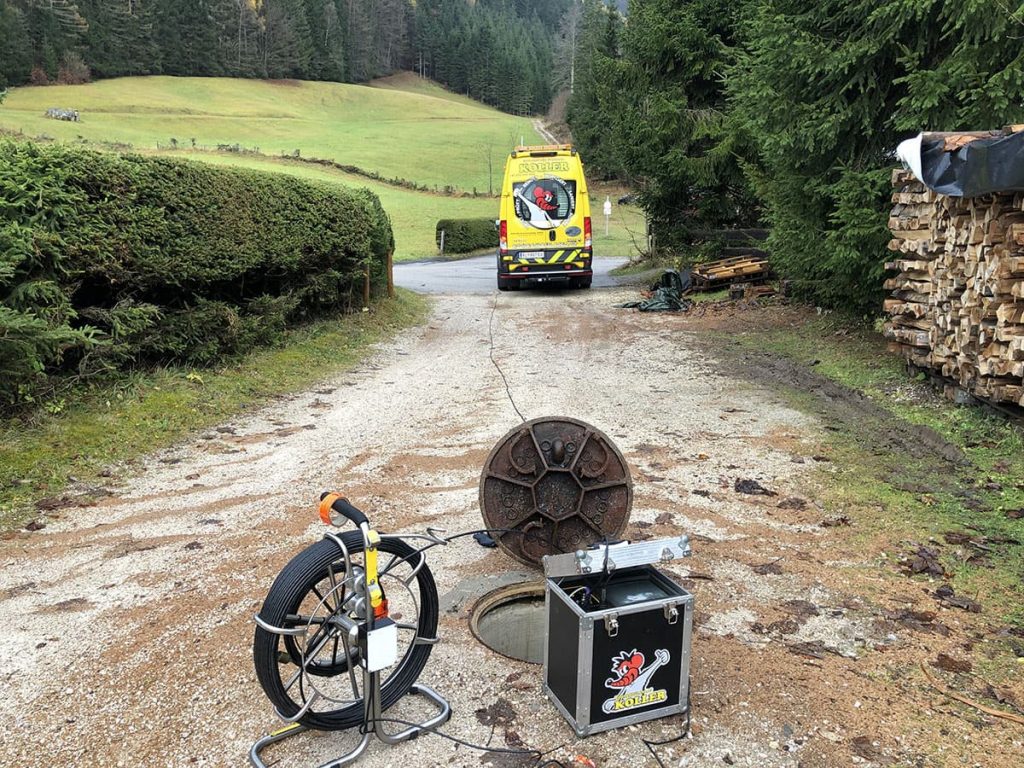Our locating systems can determine the exact position, path, and depth of pipelines (metallic and non-metallic lines or pipes). Furthermore, we use them to find blockages and to monitor our sewer TV cameras or our special high-pressure flushing nozzles. The systems consist of a receiver with optical and acoustic signal display and a probe that emits a recognizable high-frequency signal. The probe is moved through the pipeline and can be precisely tracked on the surface with the receiver. The operating depth is easily up to 15m.
CABLE AND PIPE LOCATING
- Minimizing Excavation
- Monitoring with Sewer TV Cameras
- Locating Buried Manholes
- Locating and Tracking Third-Party Lines
- Locating and Tracking House Connections
- Determining the Depth of Cables and Lines
- Surveying Line Networks, Creating and Verifying Plans
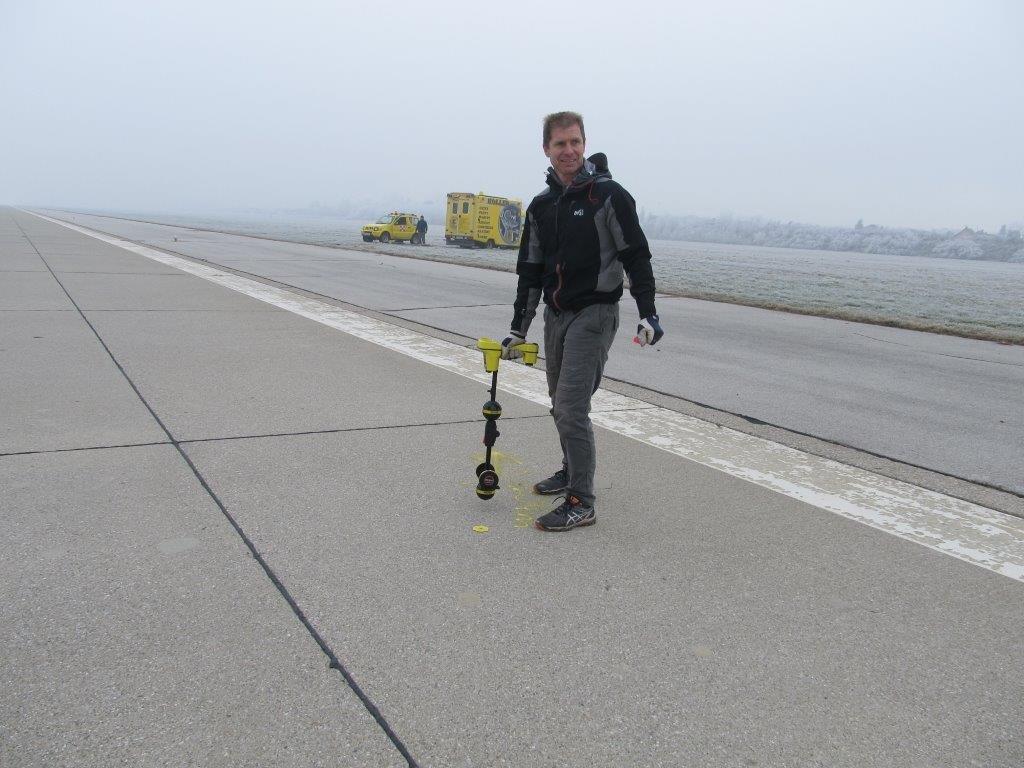
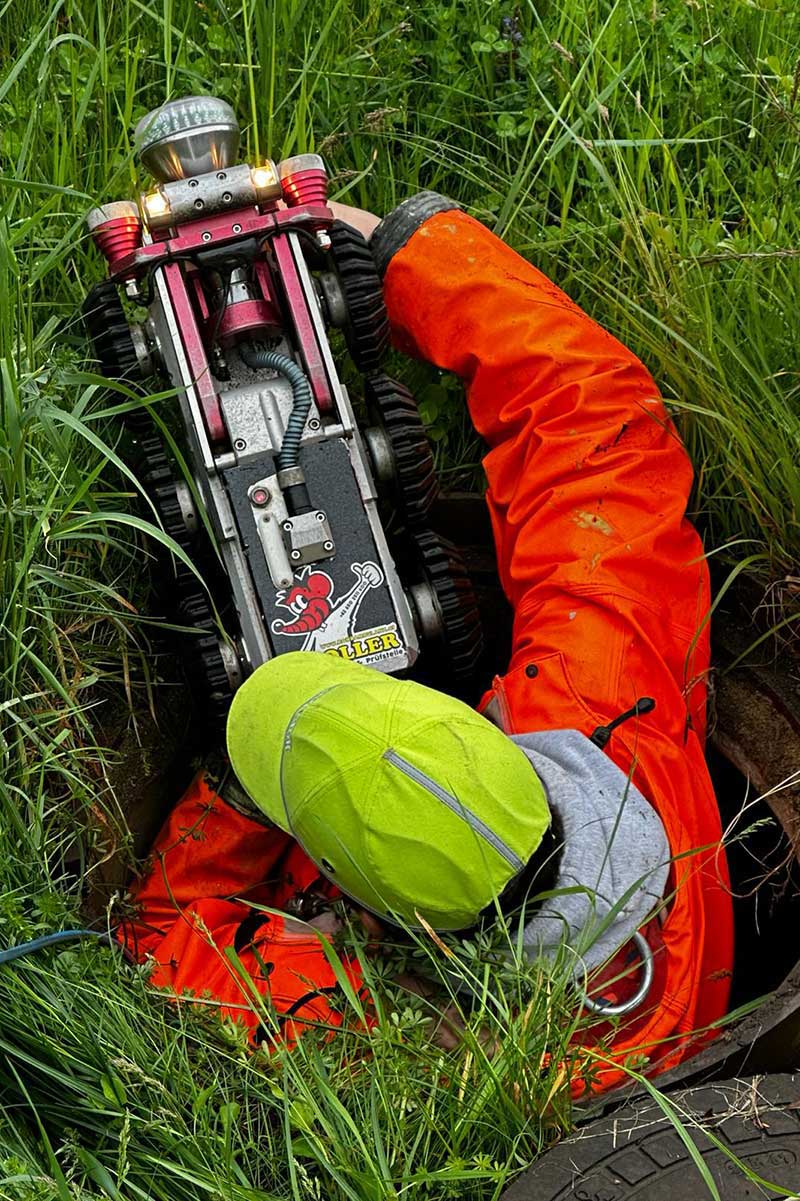
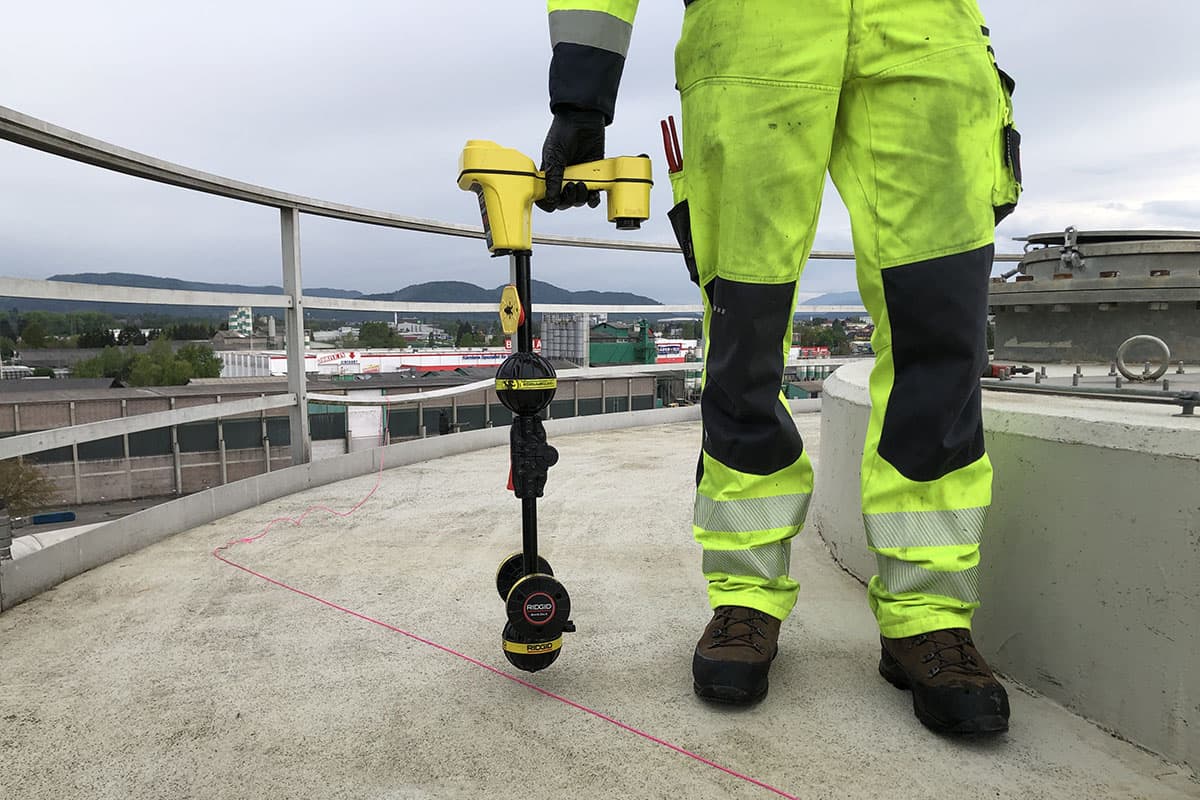
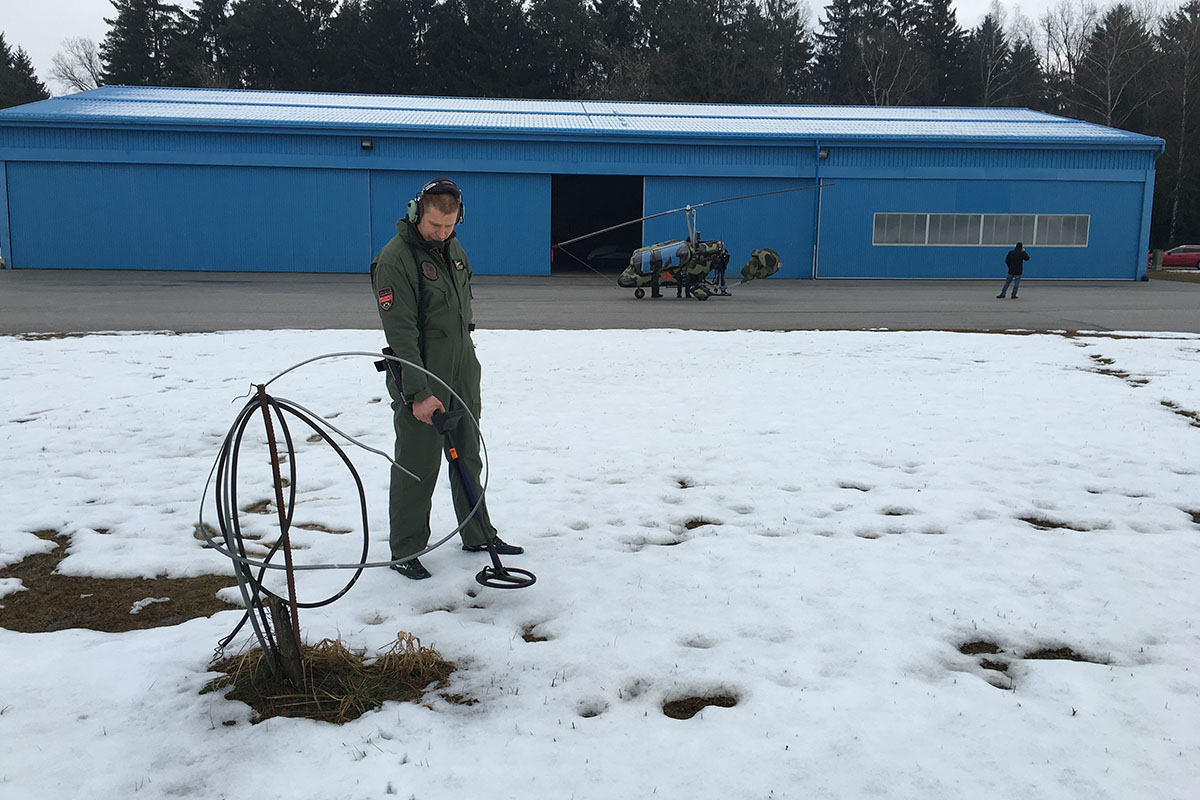
Old sewer routes without records? No problem for us!
We provide an overview and show you both the current condition and the path of your sewers. With special locating transmitters, we pinpoint the position and depth of existing sewer pipes and create professional and detailed plans for you.
Manholes are often covered with paving for aesthetic reasons, forgotten and asphalted over on a construction site, or covered and overgrown with soil over the years. To carry out professional cleaning and maintenance work, it is essential to find, uncover, and open them. To avoid excavating the entire area, we precisely locate the manhole cover from the nearest known manhole or house connection using a self-propelled camera system with an integrated locating transmitter.
Detecting and Locating Localized Damage:
Probes are introduced into the sewer system either with the camera or with the high-pressure hose and transported to the damaged area. With our locating devices, it is possible to pinpoint the exact position of damage in the line. This avoids extensive excavation work and costly restoration of above-ground facilities.
We create true-to-scale records for you in AutoCAD and provide them as DWG files. These can be easily implemented into GIS by your planning office.
Benefits and Innovation of Our Locating Technology
For determining the path of sewers and pipes, depth location, and the position of non-metallic pipelines. Our specially manufactured locating probes are transported hydrodynamically along the pipe path to the damaged area. In doing so, we exceed the pipe section lengths of competitors who advance such probes into pipelines using push rods (or blow them in, in extreme cases).
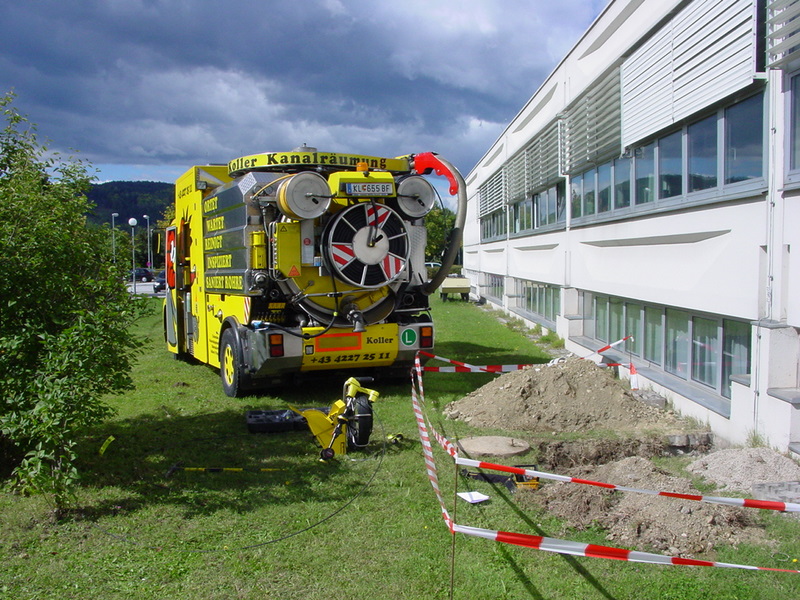
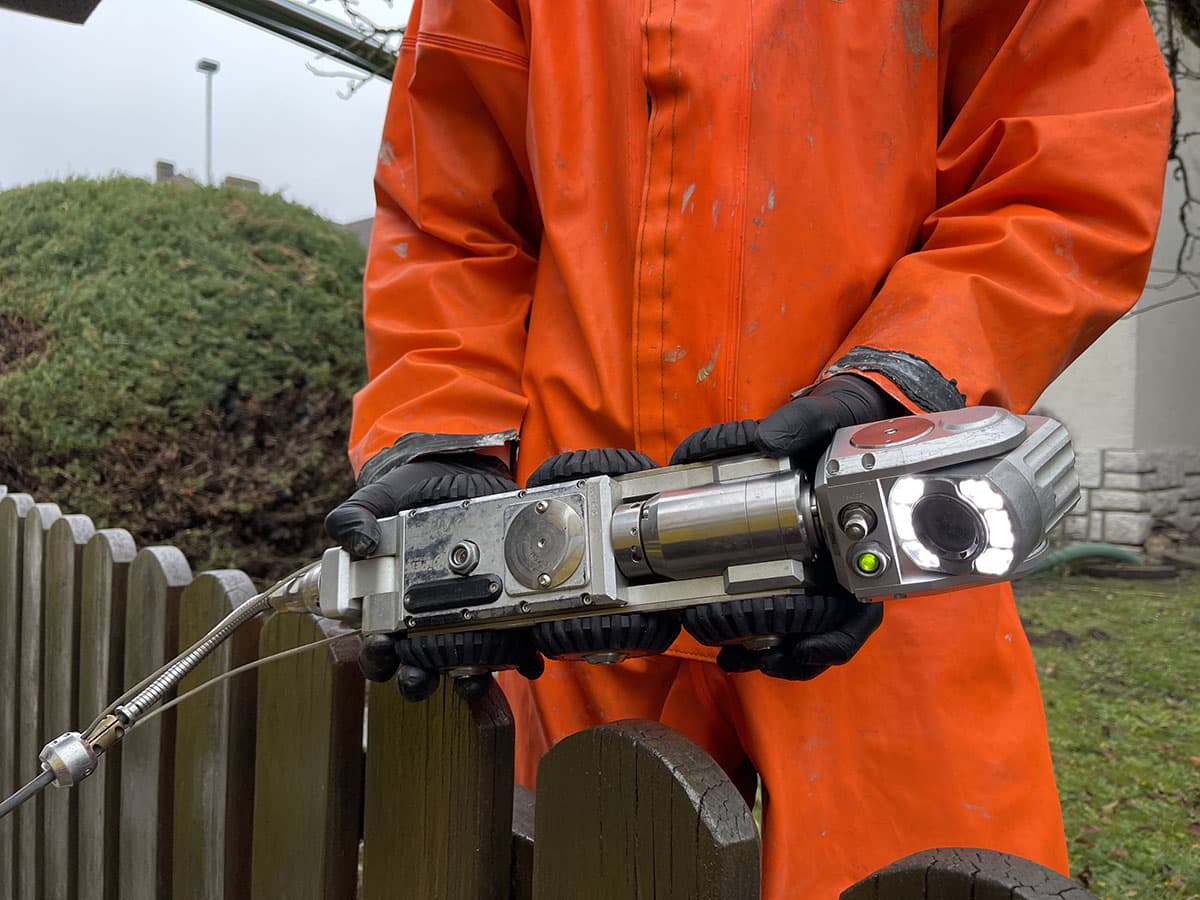
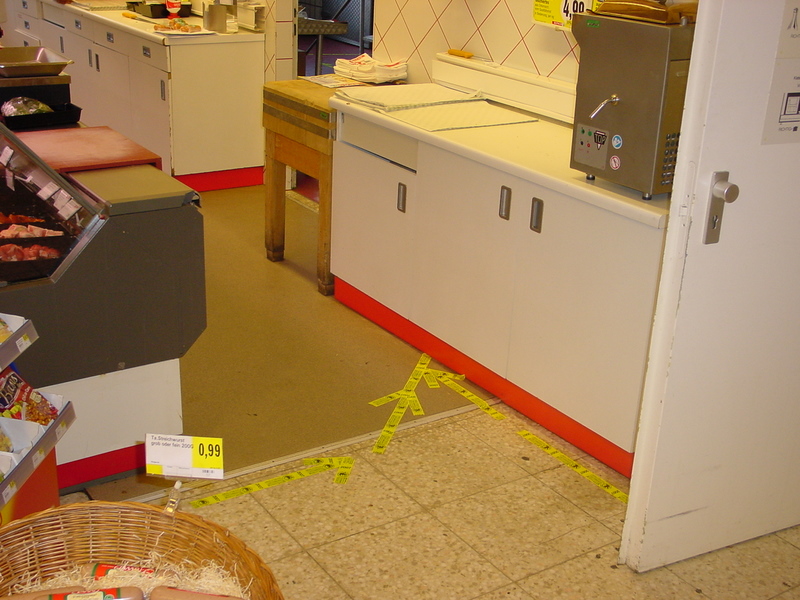
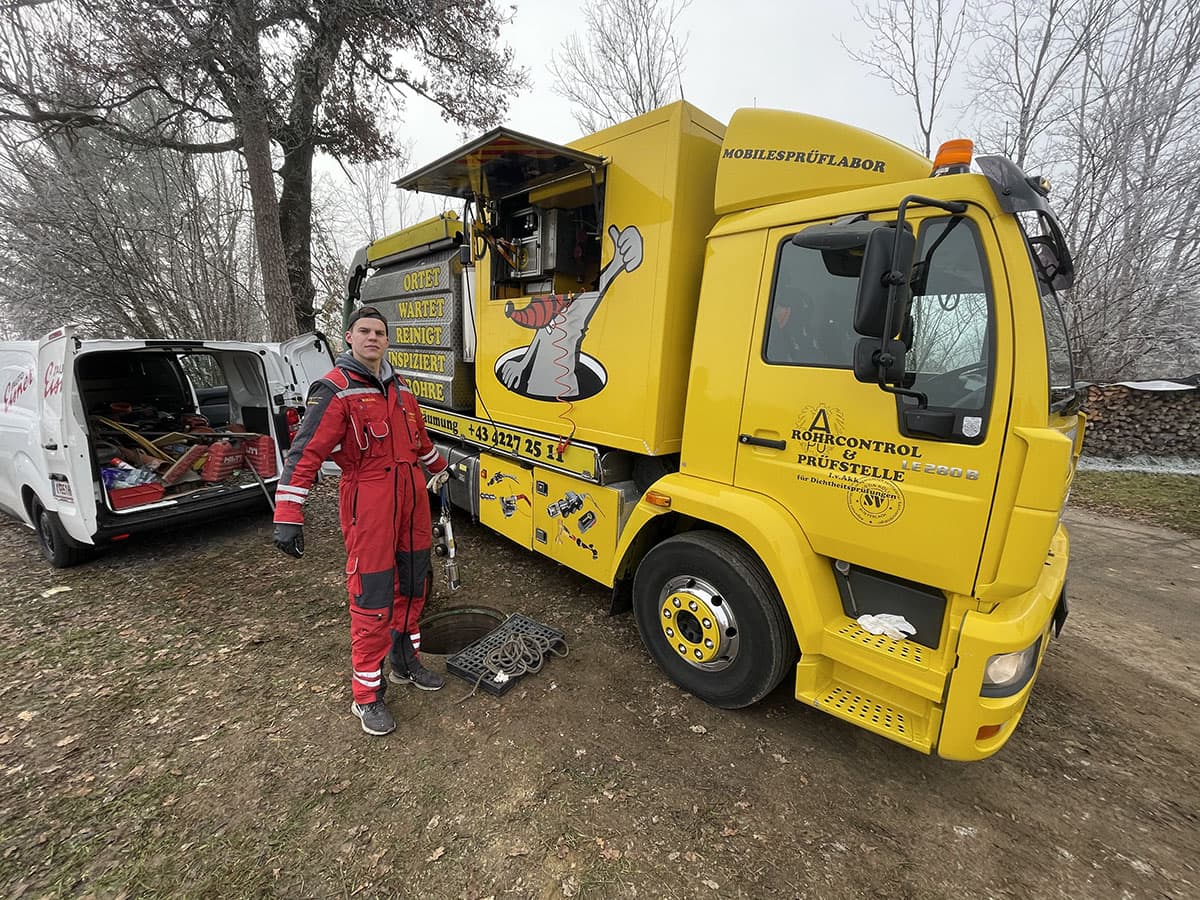
Cable Pulling:
The course of the empty conduit was determined with the help of a locating probe. After successful locating, the pulling aid for the fiber optic cable was pulled between two halls using high-pressure water jet technology (70 linear meters); the electrician could only get halfway with the pulling rod due to the cables already pulled in. This saved excavation work for the fiber optic cable.
We are often approached by customers due to frequently occurring blockages. Your plumber clears the blockage, but after a short time, it doesn’t drain again? “That’s where we come in.” Through our many years of experience, we know that every blockage has a cause! This needs to be addressed. After a sewer cleaning and camera inspection, including pipe path locating, we can also show you the cause of your blockage. We are then happy to take the time to discuss the best and most cost-effective remediation method with you.
This deli sink drain operated without problems for 5 years. The pipe path ended at the house wall; during the renovation, connecting the pipe was forgotten. No company had previously been able to detect the blockage, or rather the backflow and the subsequent pipe burst. With precise locating and our expertise, the missing connection/pipe burst in the outdoor area could be economically and cost-effectively remedied with the shortest possible connection to the main sewer. This was done in the form of a small pre-fabricated manhole for future more effective cleaning and sewer inspection.
Cable Fault Locators
In cable fault locating, a fundamental distinction is made between pre-locating and pinpoint locating. Pre-locating involves determining the distance to an existing cable fault, starting from a known cable end. This is usually done with time-domain reflectometers (TDR) or measuring bridges. Pinpoint locating is generally performed (depending on the cable types) with step voltage probes, acoustic listening devices, or cable pick-up coils. Cable and Line LocatorsIn locating technology, a fundamental distinction is made between finding metallic and non-metallic line routes.
Under metallic line routes, we understand cables or pipelines made of copper, iron, cast iron, etc., as well as locatable warning tapes (locating tapes). Our latest generation line locators naturally feature automatic depth measurement. Furthermore, there is a special function for more reliable detection of an energized line route, known as current measurement. Non-metallic line routes are, for example, fiber optic conduits (optical waveguides), water pipes made of PVC, PLT, or AZ. These cannot be located with conventional locating devices. Currently, there are only limited possibilities for visualization using acoustic signals.

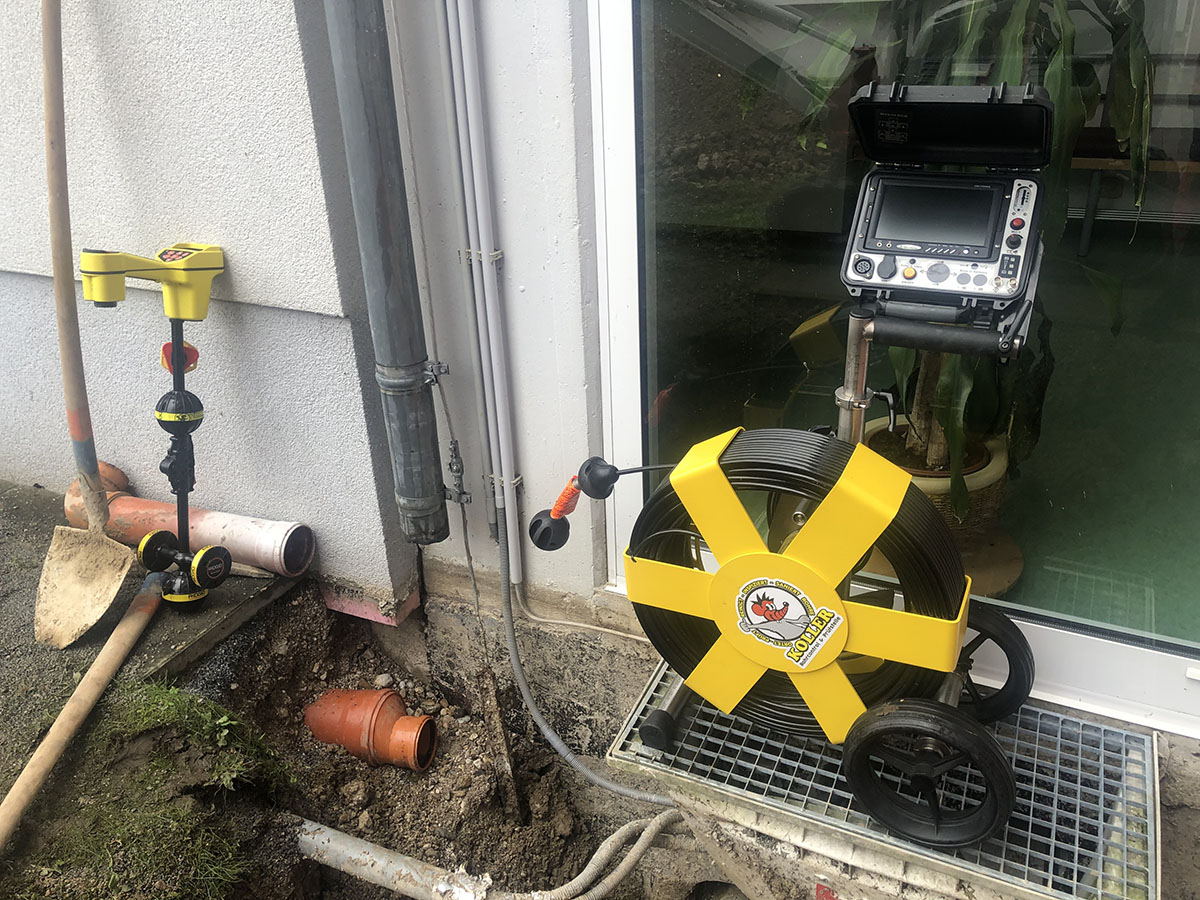
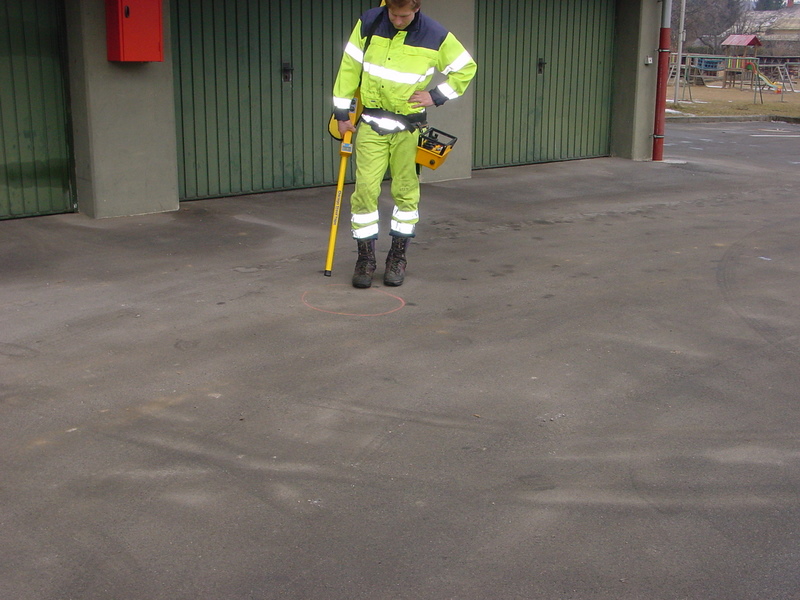
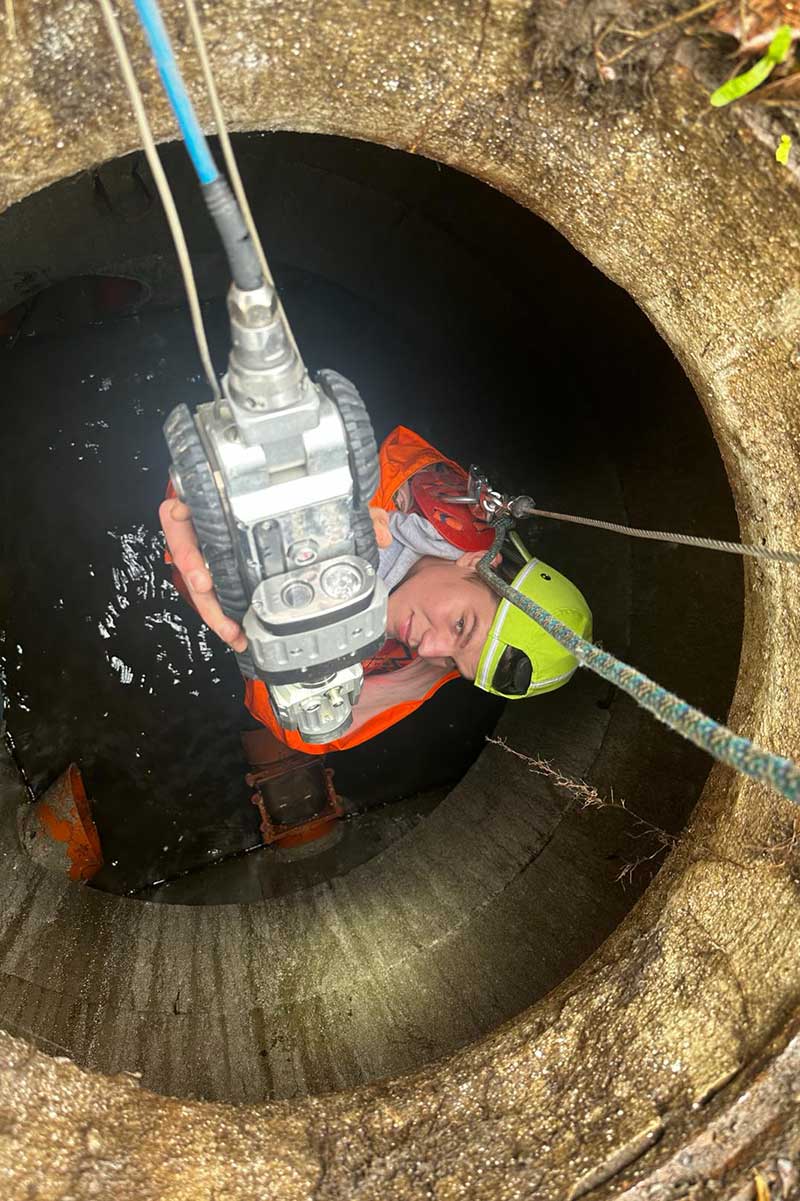
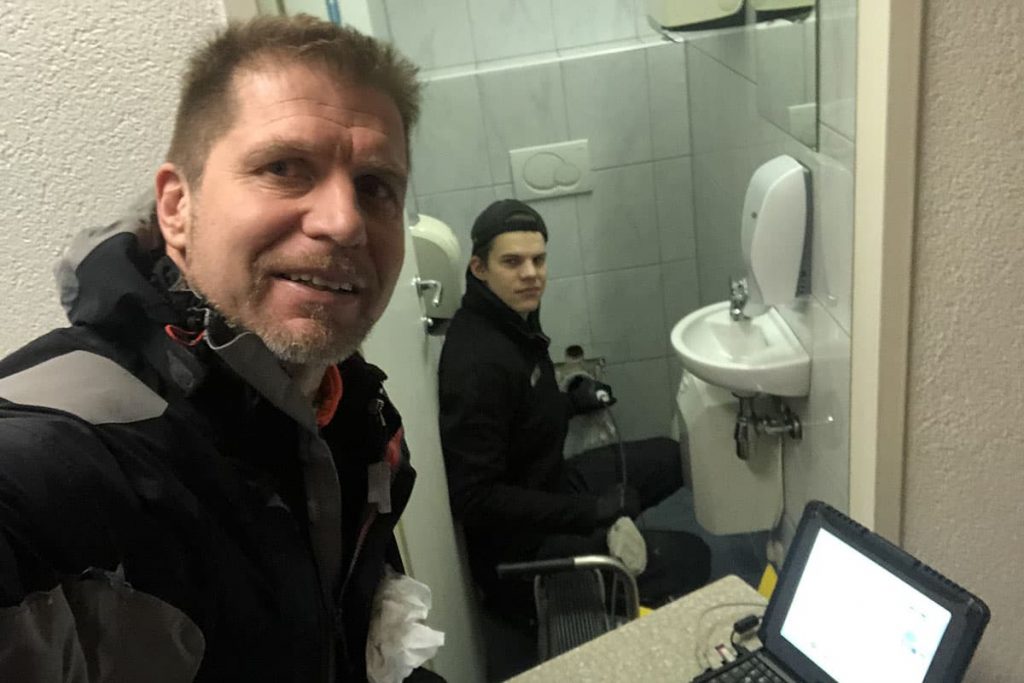
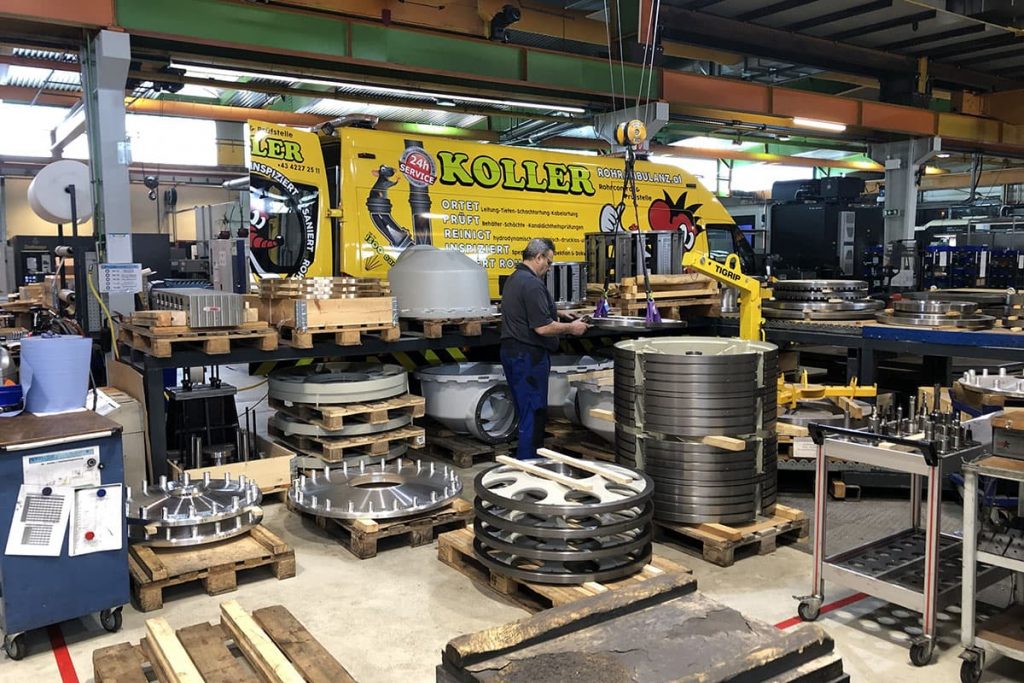
These signals are introduced into the line route to be located by pulse wave generators (PWG) (connection to hydrants or house connections in the water supply network). Fiber optic conduits and plastic gas pipelines are subjected to a low-frequency tone signal, e.g., via the gas house connection. Route tracking for all non-metallic pipeline systems is performed after applying the appropriate locating signal with an acoustic pick-up system, similar to a geophone. AERIAL IMAGES – Pipe Route Documentation via Gyrocopter for Pipeline Routes over 500m
